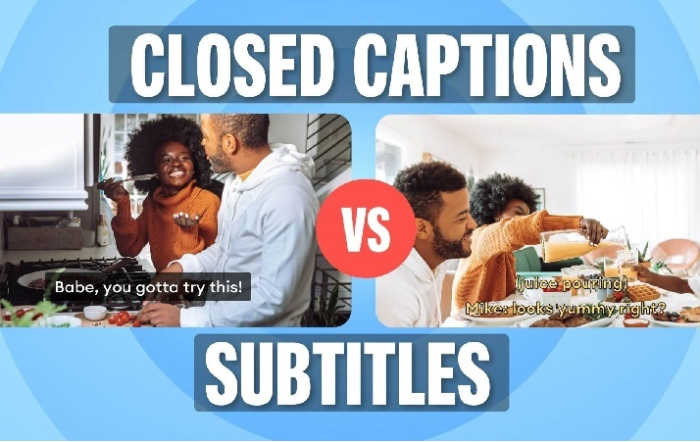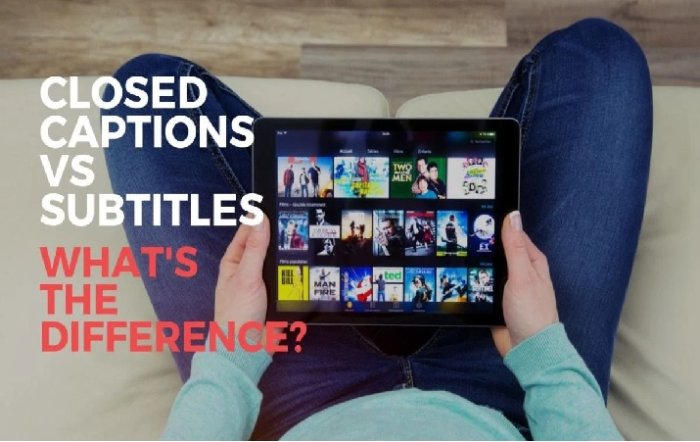
 Data Structure
Data Structure Networking
Networking RDBMS
RDBMS Operating System
Operating System Java
Java MS Excel
MS Excel iOS
iOS HTML
HTML CSS
CSS Android
Android Python
Python C Programming
C Programming C++
C++ C#
C# MongoDB
MongoDB MySQL
MySQL Javascript
Javascript PHP
PHP
- Selected Reading
- UPSC IAS Exams Notes
- Developer's Best Practices
- Questions and Answers
- Effective Resume Writing
- HR Interview Questions
- Computer Glossary
- Who is Who
Closed Captions vs. Subtitles on YouTube
Closed captions and subtitles have a similar appearance at first glance, but their distinctions are more noticeable than they seem. Deciding between the two can significantly affect how viewers interpret your video projects, and your choice may reveal much more about your brand than you may realize.

Even Netflix, a streaming service with some of the best standards for closed captioning and subtitles, classifies them both as subtitles. This can be perplexing for someone trying to understand the distinction between captions and subtitles.

Despite how they may appear, both captions and subtitles have distinct functions and characteristics that set them apart.
What's the Difference Between Subtitles and Closed Captions?
What are some other significant distinctions between closed captions (CC) and subtitles, outside of how they are used? Let's examine each of their fundamental qualities ?

Closed Captions Vs Subtitles Differentiation Summary

Closed Captions |
Subtitles |
|---|---|
Closed Captions (CC) Come in two varieties: open captions and closed captions |
Subtitles, frequently utilized when a viewer doesn't speak the language in the video, assume that they can hear the audio, in contrast to closed captions. |
Open captions are built into the video and cannot be turned off, whereas closed captions (CC) can be turned off by the viewer with the press of a button. |
Subtitles will aid non-native speakers in understanding your videos when it comes to sharing information across various marketplaces and domains. |
Closed Captions (CC) make content more accessible for those who are deaf or hard of hearing by including background noises, speaker differentiation, and other pertinent information. |
Including subtitles can translate the content precisely by Google, extending your audience beyond those who speak your original tongue. |
Closed Captions are the best option if you want to increase the accessibility of your videos |
For example: When the language spoken in the place where the movie is distributed is different from the language the movie was shot in, such as when a French movie is shown in an English-speaking nation. |
However, it all depends on personal preference when determining whether to utilize closed captions or subtitles. While each has unique advantages and applications, it all relies on why you want to include them in your video material.
In either case, adding subtitles or captions to your videos is a quick operation that has numerous advantages for all viewers, not just those who can't hear well or speak another language. In actuality, more than 80% of viewers of videos with captions enabled do not need them.
Conclusion
The objectives of captions and subtitles differ. Even if a viewer is unable to speak the language, they can still watch videos thanks to subtitles. Many video producers recognize the value of adding subtitles to make their material available in many languages as a result of the expansion of international video platforms.
As more people view videos on their phones while the sound is muted in public spaces, the use of closed captions has increased along with mobile video consumption.

